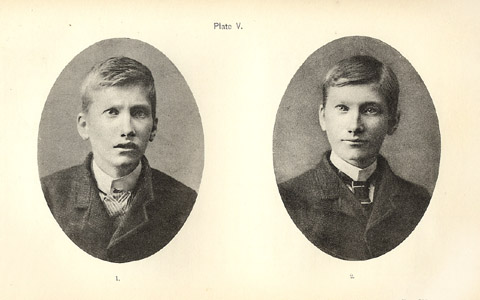

[Plate V represents a most remarkable change in the condition of an insane young man. The history of the case is as follows:
The patient was brought to me by his parents who brought also a letter from Dr. P. M. Wise, Superintendent of the Willard Asylum for the Insane. According to the history given by the parents at their first visit, October 12, 1886, the boy had been insane a year and ten months (according to the report of neighbors, much longer). During a season of unusual religious interest the boy became unquestionably insane. His condition was gradually more and more hopeless until his friends determined to commit him to the asylum. It was when at this institution that they were advised by Dr. Wise to take the patient to New York. When first seen he was stolid, refusing to speak, and sadly demented. He wept aloud, and wrung his hands much of the time. He refused food, and, indeed, for many months had only taken it as it had been placed in his mouth by others. If standing, he held his arms out in an imbecile manner with the fingers spread apart. The saliva flowed in streams from his mouth to the floor. He was thin and pale, and a cold moisture covered the skin. In this pitiable condition it was difficult to obtain exact information of the ocular conditions, but by the exercise of much patience these conditions were sufficiently made out to enable a generally correct judgment to by formed. Under atropine he showed hyperopia 1·00 D, with indufficiency of the externi 4°. On the 14th of October the first photograph (Fig. 1) was taken, and on the same day a tenotomy of one of the internal recti was done, and two days later a similar operation was made on the opposite internus. From that day an improvement could be seen in the lad's mental state. Within a week he was so much improved as to amaze those who had seen him in his first condition. He soon began to take food of his own accord, and in two weeks he was in a fair way to complete recovery. On November 2d the second photograph (Fig. 2) was taken, eighteen days after the first; and three weeks from the day of his first visit he returned to his home, no longer insane. His friends were advised to bring him again after a few weeks, which they wisely did. Slight hyperphoria was then found, and a tenotomy of one of the superior recti was done. When he returned home the second time he was, so far as could be detected, perfectly well.
The photographs show more than I am able to tell, but even they do not convey a perfect idea of the wonderful revolution which had taken place in the mental and physical condition of the boy in eighteen days].*
